The Mirror
EditorialAboutA+a Study CentreA+a ArchiveShopClose Menu
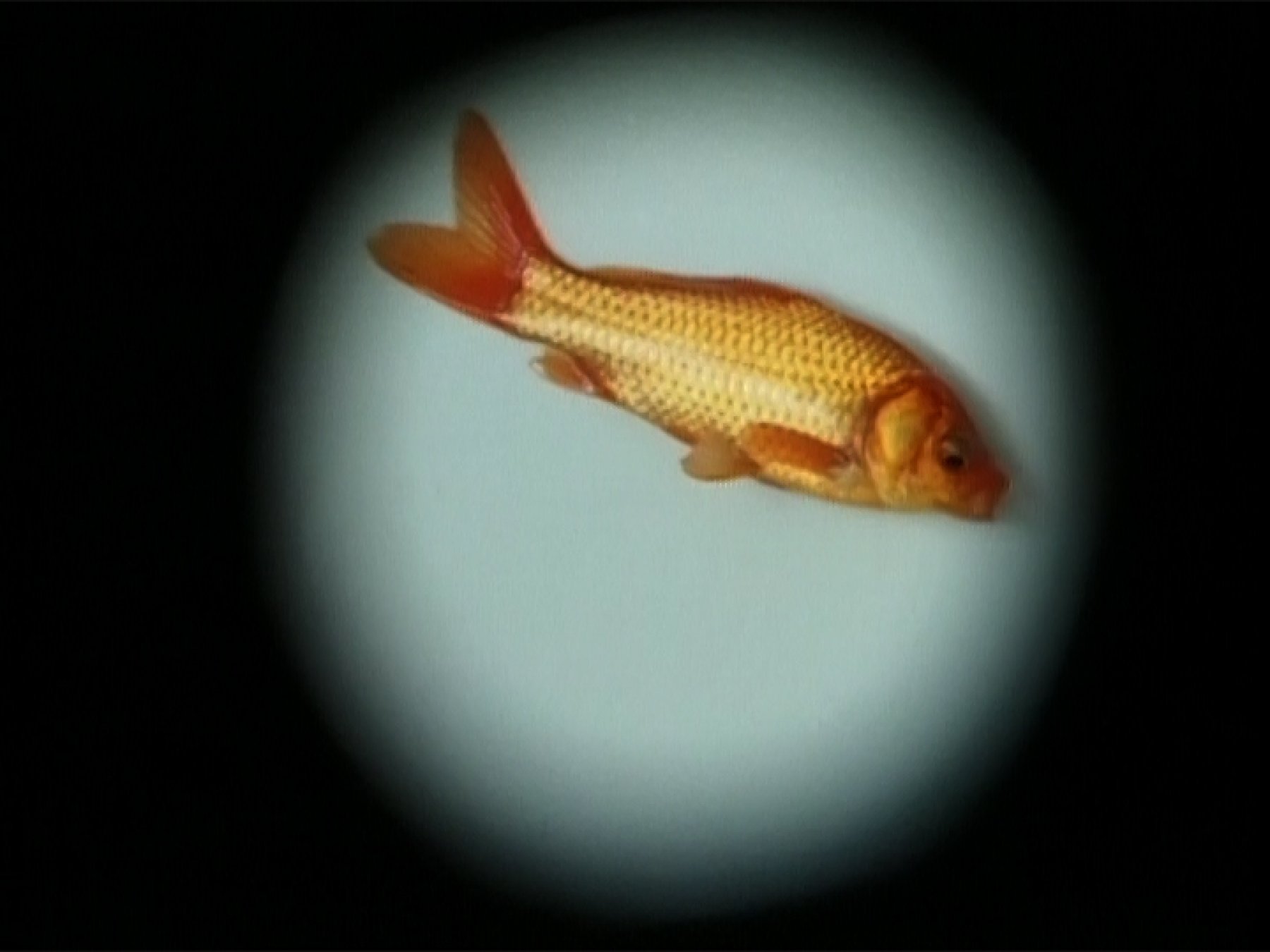
Is video work an inevitable rupture of the surface? It surely requires a surface—a blank wall or a projection screen, the side of a building or an old television bought off facebook marketplace, or maybe a series of silk cloths, gently ripped at the sides. For as long as the work runs, this surface becomes a part of the work, incorporated into its unfolding; when the work ends, these surfaces return to themselves. Where a painting might require a canvas—cannot be unstuck from it without some destruction—the surface of video work is both integral and endlessly replaceable. I’m interested in the gesture of placing or projecting something onto a surface, and how this gesture might alter or rupture ways of perceiving. Or, perhaps too, how a surface might make something anodyne, or criminal, in turn.
*
Walking through campus towards the Afterimage exhibition, I pass the John Medley, a building named for a former vice-chancellor, who was, among other things, a member of the Eugenics Society of Victoria. Sharing theories of racial superiority under the guise of scientific or societal advancement, the Society advocated for ‘sterilising and segregating those people classified as “mental defectives”’.1 Within this classification: Aboriginal people, queer people, sex workers, the impoverished, the disabled. On the outside of this building named for a eugenicist, there is a large sign, which a few years ago used to read Welcome. Ignoring a campaign to rename the building, the University instead chose to rewrite this welcome, translating it into Woiwurrung. So, on this building still named for a eugenicist now hangs an enormous blue sign that proclaims—Wominjeka, alongside the English Welcome.
...A few days prior, I attend a panel featuring some artists in the exhibition I’m currently walking towards, and Linda Lai Chiu-Han’s words still circle in my mind—the crisis we are in, she had said, is not being able to remember properly. Or something like it. I walk past this outsized Welcome, the oddly ornate car park, the library, before stopping at the Arts West building. If you stand in a certain spot and look up, you’ll find that the undulating façade slots into a vertiginous image of a woman, robes flowing: Victory, holding a laurel wreath. Beneath her, vinyl wraps the side of the building—Afterimage, alongside its simplified (残像)and traditional (殘像)translations. Enter the building and cut to the right: Afterimage:New Media Art in China, Hong Kong, and Taiwan. The curators—Genevieve Trail and Duncan Caillard—note:
An 'afterimage' is an impression of a vivid image or visual effect that lingers on the retina even after the original stimuli has disappeared. Like images burnt onto a computer screen, memories can rupture our experiences of the present, reshaping our experiences of the past.
Does John Medley function as an afterimage? Or, what does his memory—literally maintained on a building’s surface—have cause to rupture? I am distracted from this thought by the rapturous applause of Zhang Peili’s Happiness (2006), which echoes through the gallery space. The effect is not unlike watching a sitcom without the laugh track; this applause curves towards the same texture of disquiet, the sound so endlessly ecstatic that it threatens to tip into obscenity. Zhang has spliced together six minutes of film cuts from the 1975 Chinese film In the Shipyard, in a dual-channel video. It is a work of call and response: on the left screen, workers state banal phrases—what?—right, ok—we are waiting for you—to the second screen’s audience, who applaud frenetically. In one cut, repeated throughout, a woman bares her teeth into a grimace, canines glistening as she claps maniacally. One man looks into the distance as his hands slap together—the eyes are dead but the hands are willing.
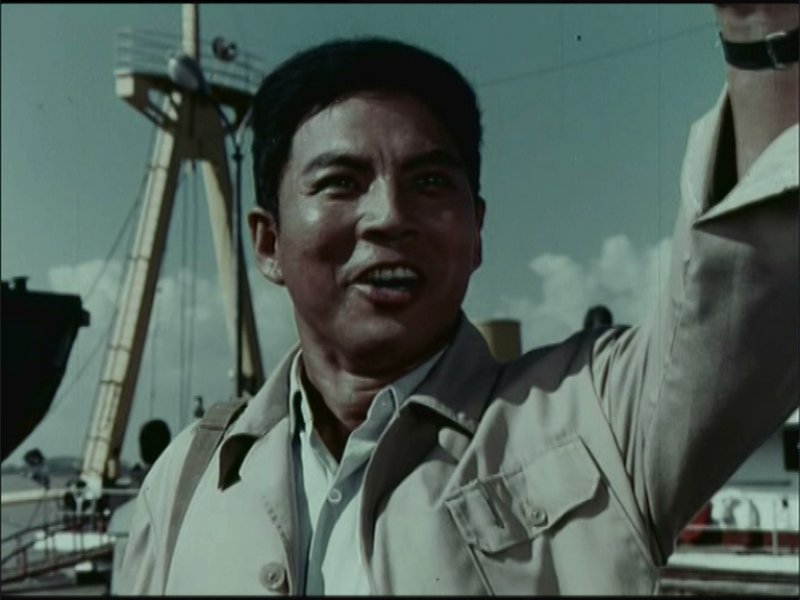
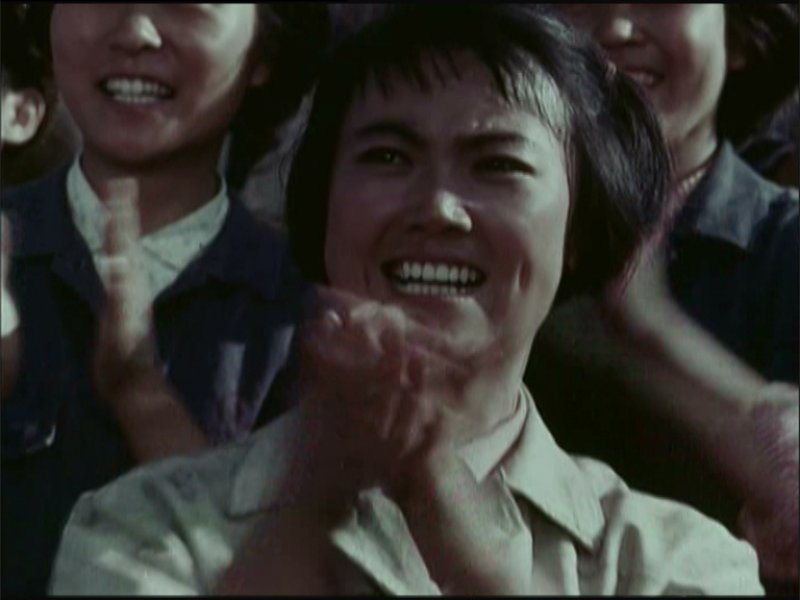
The eyes are dead, too, in Danny Yung’s Video Game (1986). The screen is filled with a woman’s expressionless face. She slowly slicks on red lipstick while telling us: Welcome to the Game. The rules of the game are simple: The name of the game is Dialogue. But the dialogue is inevitably one-sided, for all her audience can do is watch, as the logic of the game splinters. She pauses before she informs her audience: You’ve lost. A few months ago, posters appeared on campus walls—Our demands: Transphobes and Nazis off campus! In response to such a demand, the University’s vice-chancellor wrote an email to both staff and students, deeming the postering a ‘criminal activity’. He wrote that such an action was ‘completely unacceptable and stands in direct opposition to the values we hold as a university.’ He signed off: ‘we are surely better than that.’ Does he expect applause for such an admonishment? Hands slapping frenetically: the eyes are dead and the hands unwilling. I want to ask him why he thinks he is surely better than such demands, but as Yung makes clear: you cannot argue with a video, or a government, or a building, or an official email. Welcome to the Game.

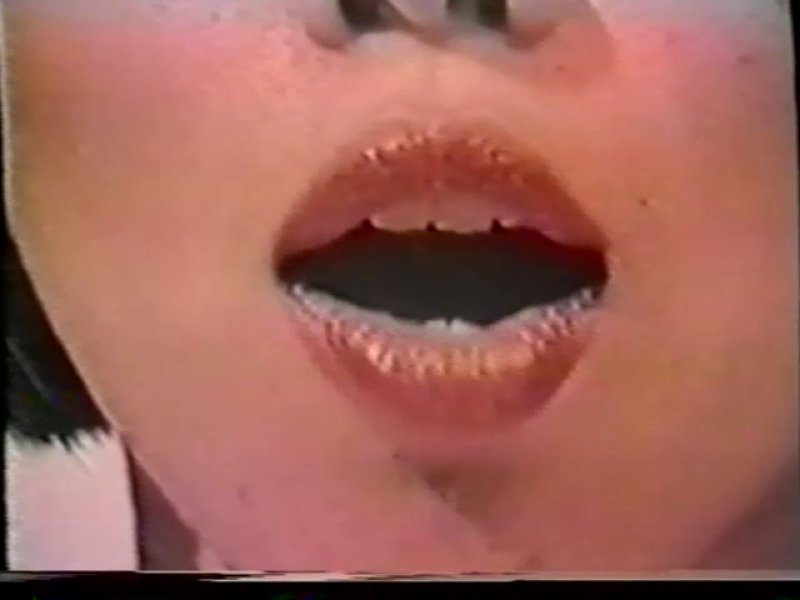
Another dead or dying thing: Zhu Jia’s Related to Environment (1997). At the back of the gallery, projected onto the ground, a goldfish moves in a white orb. On closer inspection, it becomes clear that the goldfish is a fish out of water: jerking and flopping, the fish is not swimming but dying. In looping discomfort, the fish approaches death, yet will never succumb. Its placement means that the viewer can step right into the endless dying. Perhaps it is too heavy-handed to relate this work to the current staff strikes, the endless fight for better job security, for more manageable workloads, for a proper pay increase. Two visitors move near to me in the gallery. One points at the fish, murmurs—mood—drawing out the vowel. We watch the fish together, until we don’t.
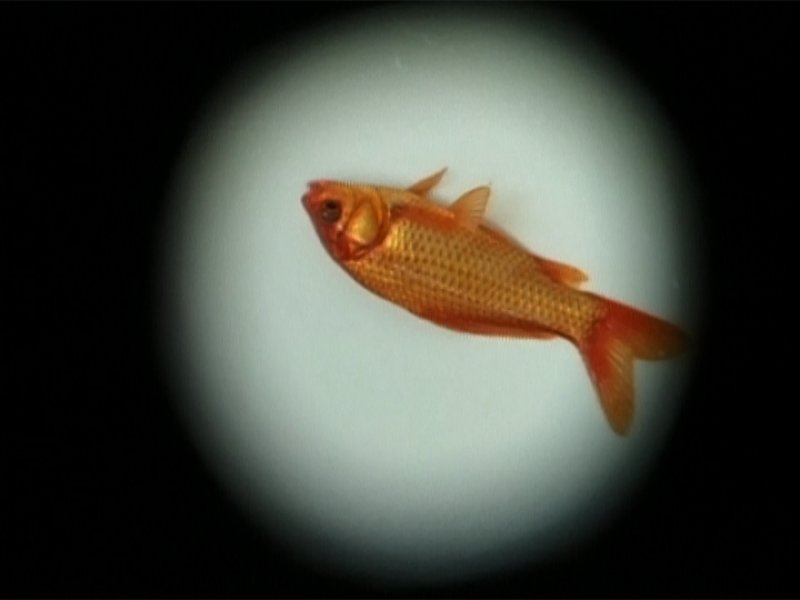
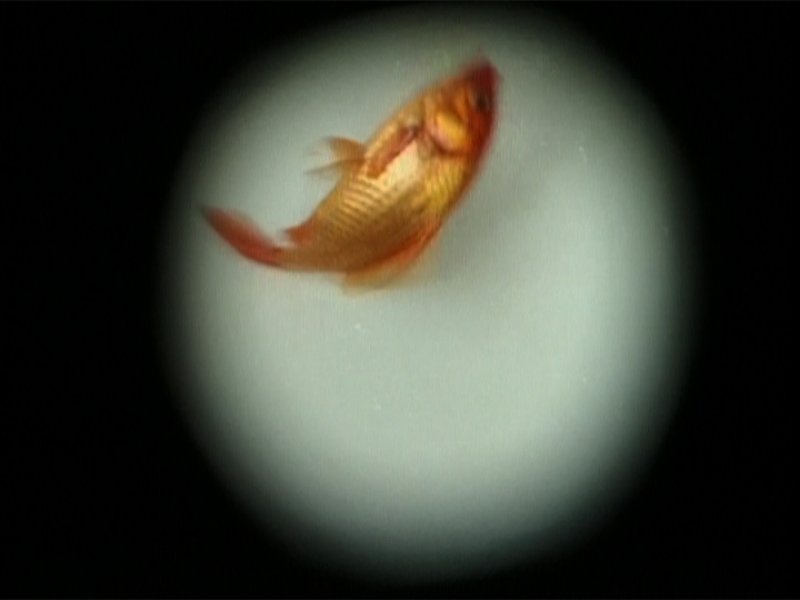
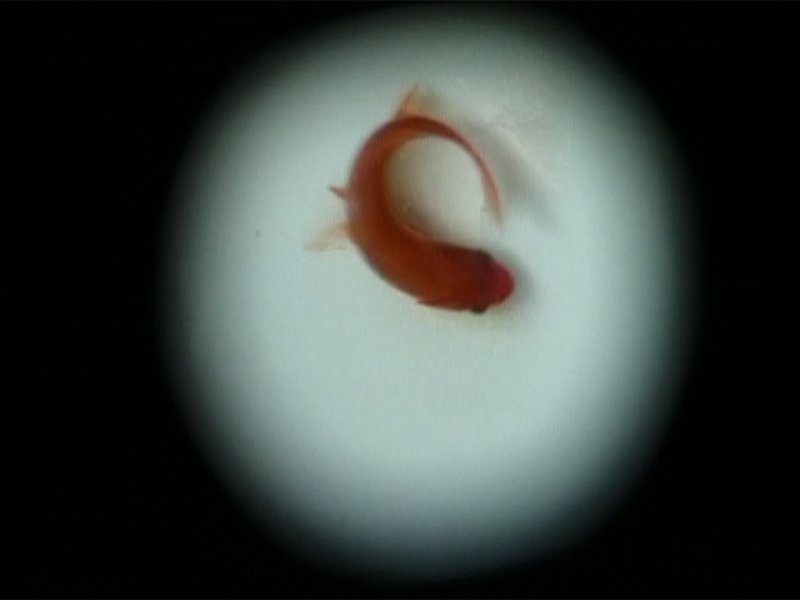
The works collected in Afterimage gesture outwards, to an international activism, to a distant sentiment of rebellion or desire. Some viewers might slot the exhibition within a condescending Western parochialism—‘they’ have the need for activism; while we’re surely better than that. But I’m not interested in partaking in that ‘we’, and neither are the curators. I have mentioned Lai, Yung, Zhu and Zhang here, but they comprise only a few of the many artists in this exhibition who tear at ideological dissonance and institutional violence. In this sense, to ignore the institutional context of the Afterimage exhibition itself would make for only a partial reading of these new media works. The physical and figurative surfaces of the institution serve simultaneously as mere container for such work, and yet inevitably partake in the work itself. Rapture or rupture—in turn.
Author/s: Leah Jing McIntosh
Leah Jing McIntosh. “Rupture, Or Rapture.” Art and Australia.com https://artandaustralia.com/A__A/p176/rupture-or-rapture
Art + Australia Editor-in-Chief: Su Baker Contact: info@artandaustralia.com Receive news from Art + Australia Art + Australia was established in 1963 by Sam Ure-Smith and in 2015 was donated to the Victorian College of the Arts at the University of Melbourne by then publisher and editor Eleonora Triguboff as a gift of the ARTAND Foundation. Art + Australia acknowledges the generous support of the Dr Harold Schenberg Bequest and the Centre of Visual Art, University of Melbourne. @Copyright 2022 Victorian College of the Arts The views expressed in Art + Australia are those of the contributing authors and not necessarily those of the editors or publisher. Art + Australia respects your privacy. Read our Privacy Statement. Art + Australia acknowledges that we live and work on the unceded lands of the people of the Kulin nations who have been and remain traditional owners of this land for tens of thousands of years, and acknowledge and pay our respects to their Elders past, present, and emerging. Art + Australia ISSN 1837-2422
Publisher: Victorian College of the Arts
University of Melbourne
Editor at Large: Edward Colless
Managing Editor: Jeremy Eaton
Art + Australia Study Centre Editor: Suzie Fraser
Digital Archive Researcher: Chloe Ho
Business adviser: Debra Allanson
Design Editors: Karen Ann Donnachie and Andy Simionato (Design adviser. John Warwicker)
University of Melbourne ALL RIGHTS RESERVED
